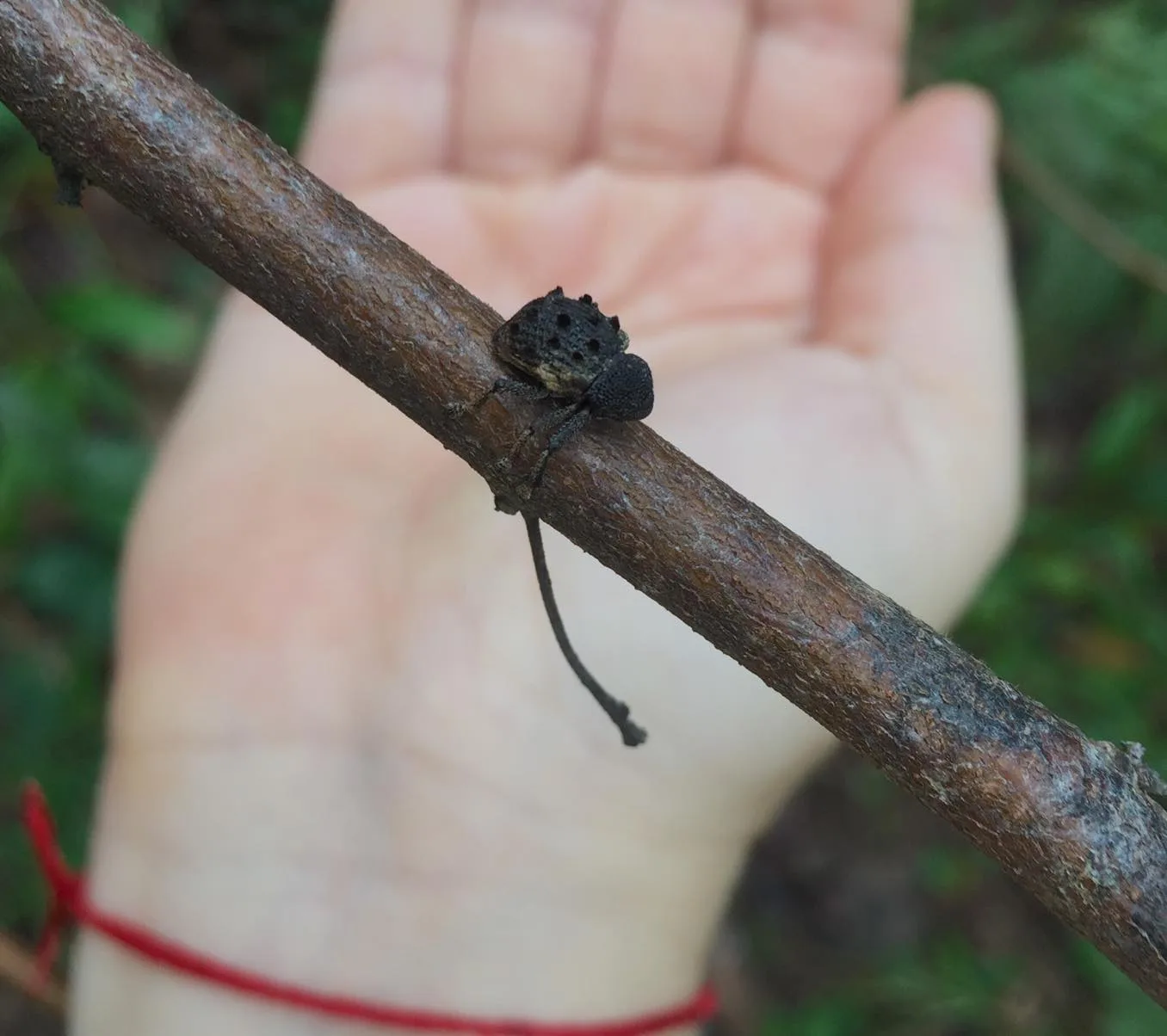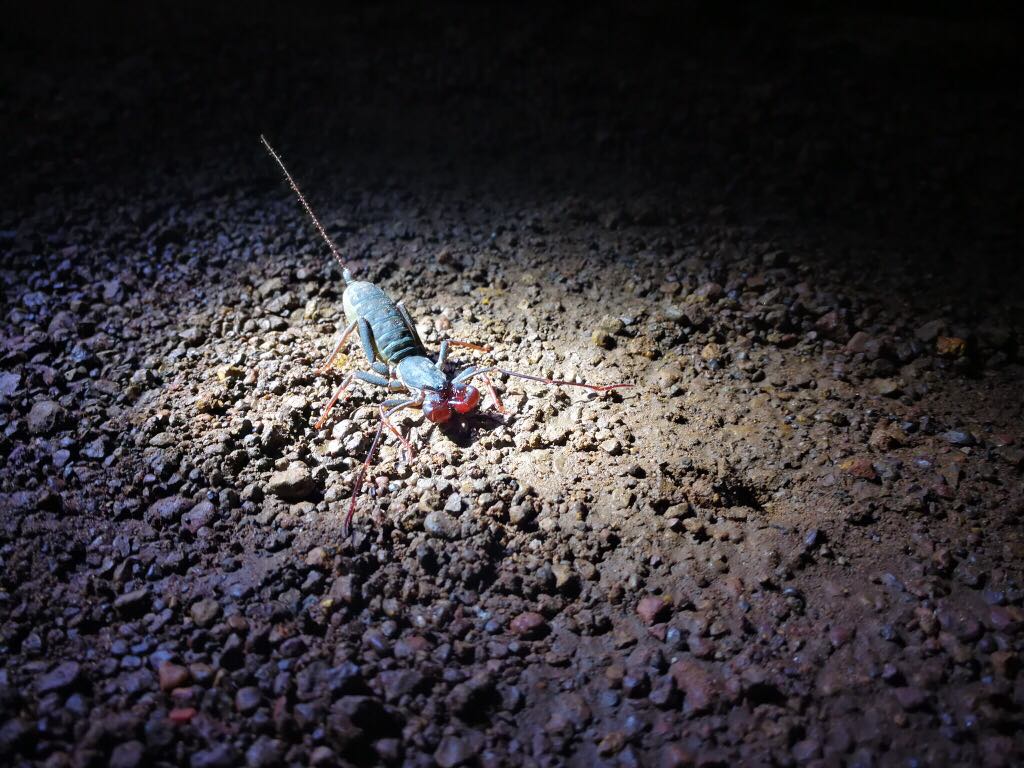Arthropod Encounters
We keep nature journals as one component of the Ecosystems and Livelihoods course. Students observe, sketch and identify birds, arthropods, and plants in some of the diverse ecosystems of the Lower Mekong Basin, such as in the Tonle Sap Biosphere Reserve and lowland evergreen forest in the Cambodian highlands.
In previous semesters we have spent most of our time focusing on avifauna. Why observe birds? Because there are a lot of them, and they exist in plenitude around us, at least the common species. This is even more true of the arthropod phylum.
Ants and termites, for example, are by far the most plentiful creatures in most of the ecosystems we visit in Cambodia, and they play critical roles in the decomposition of plant matter, as predators and as scavengers. Yet too often we only pay attention to insects when we are at the end of their jaws.
This semester the arthropods, in all their bewildering variety, are captivating some of our students. It began with a lengthy encounter with a millipede one morning on the ancient outer wall of Angkor Thom in Siem Reap. Soon after, when a bright yellow and black spotted longhorn beetle whizzed out of the sky and landed jauntily on a leaf in front of them, a number of the students were hooked.

On a later excursion aimed primarily at watching birds, students were enthralled by a large orb weaver wrapping a fly in silk. When some students approached me to ask if we could do an optional insect identification ‘hunt’ during their free time, I realized we had an unusual cohort on our hands.
Arthropods are a largely neglected object of study here in mainland Southeast Asia study to date. Other than a few citizen science-style insect sites on the internet, there are few identification resources specific to the region. Instead, students are learning to rely on the basics of morphology—sketching and photographing the shapes of bodies, wings, legs and antennae, jotting down patterns and markings, and recording the habitats and behaviors of the creatures as they scurry or whir by.

The arthropods are worth the effort. Students have admired numerous butterflies and moths, a giant cicada, an endearing weevil, tiny forest cockroaches, huntsmen spiders and tarantulas. Several times these encounters have been at night. Night walks are infinitely different than daylight excursions. The world presses in close at night, and the quiet creatures of the dark come out. On a night walk in the deciduous dipterocarp forest of Cambodia’s Northern Plains, arthropods were the highlights of the excursion. Grass yellows, butterflies in the Eurema genus of the Pieridae family, were found sleeping under leaves. Students marveled at the weirdly endearing whip scorpion and a foot-long centipede in the Scolopendra genus, a fast and venomous nocturnal predator.
What does it accomplish, this attention to the creatures with segmented legs? In addition to learning the basics of species identification, this sort of attention creates a deeper appreciation of the incredible biodiversity surrounding us here in the Lower Mekong Basin. And as many nature philosophers have argued before me, we care more about the things we know, the things we can name. Learning the name of a termite family may be an impetus to increasing our efforts to lessen our impact on the world creeping, crawling, and fluttering around us. And so, like the ants, we soldier on.

Related Posts

Camila Rojas: Alumni Spotlight⭐

